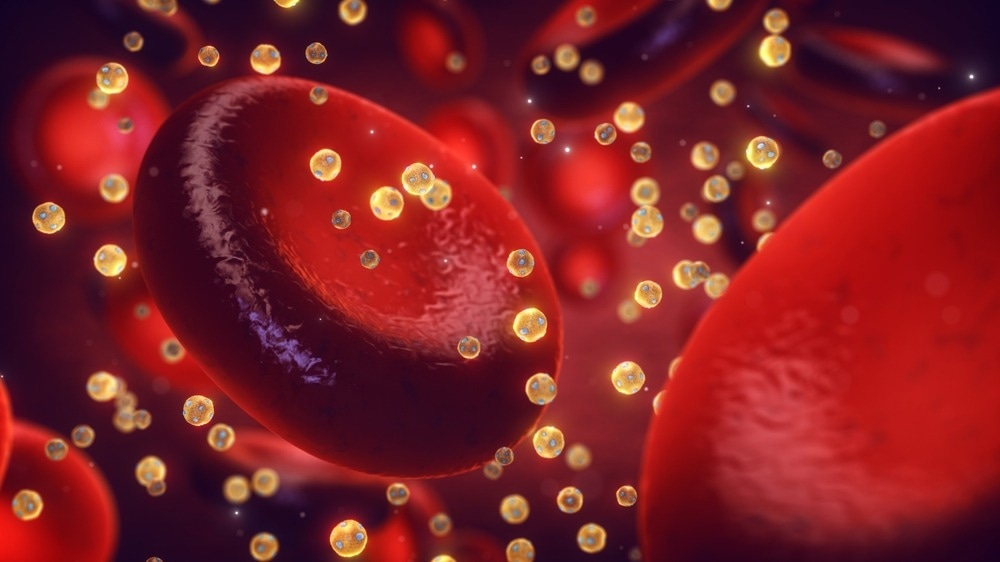In this article, AZoLifeSciences discusses how metabolic pathways between tissues are studied.

Image Credit: nobeastsofierce/Shutterstock.com
What are Metabolic Pathways?
Metabolism is the core process that underlies all essential biological functions with metabolic pathways, including a series of enzymatic reactions to produce specific products.
This process can ultimately provide energy to cells for effective cellular function. This is significant as living organisms require continuous energy for the maintenance of cellular and whole-body functioning.
Energy from this process can be used for biological processes such as mechanical work, including contraction and movement of cells, active transport of ions and substrates for cardiac contraction and even the biosynthesis of glycogen, a complex macromolecule.
Metabolic pathways are an efficient and effective approach to capturing energy for use in biological processes and can be categorized into catabolism and anabolism.
Catabolism utilizes metabolic pathways to release energy slowly through the breakdown of complex molecules into their smaller, simpler building blocks. This can lead to the synthesis of ATP, adenosine triphosphate, a key energy molecule, for the body to carry out all functions.
Contrastively, anabolism works a little differently than its counterpart: metabolic pathways are used to synthesize biomolecules, utilizing biosynthetic reactions to form complex molecules from simple precursor building blocks, which requires energy.
Metabolic Pathways
There are several metabolic pathways that take place in the body, and an example includes cellular respiration. This process involves breaking down glucose into energy through ATP for uses such as cellular function and maintenance.
Interestingly, there are two main organs that are involved in metabolic processes, such as the pancreas and the liver.
The pancreas can be described as the key metabolic organ due to its function in regulating the number of carbohydrates in the blood, and this can involve releasing high volumes of insulin to downregulate blood glucose levels or releasing glucagon to upregulate glucose levels.
The liver is responsible for processing absorbed amino acids and lipids from the small intestine, as well as being involved in regulating the urea cycle and other critical metabolic processes such as gluconeogenesis and glycogen deposition.
Metabolic Disorders
With many different processes taking place in the body simultaneously, metabolic pathways play a significant role in the effective function of cells, tissues and organs. However, when this integral process becomes dysregulated in the body due to mutations and disorders, the efficacy of many cellular processes is impacted.
Metabolic disorders can include diabetes, a chronic metabolic condition that impacts the body’s ability to produce and use insulin, which is significant for converting glucose into energy. This disorder can increase the risk of many other bodily functions, with a higher risk of blindness, heart disease, kidney failure and even neurological diseases.
Approximately 16 million Americans are affected with diabetes, with type 1 and juvenile onset being the most severe forms of the disorder. Type 1 diabetes involves the body’s immune system being dysfunctional, with pancreatic cells being adversely affected, preventing or causing decreased insulin production. While rigorous attention to healthcare and daily insulin injections can aid in regulating the body, there are no current treatments for this metabolic disease.
Another type of metabolic disorder includes an inborn error of metabolism, such as phenylketonuria (PKU). This disorder is caused by a mutation involving a deficiency in the enzyme phenylalanine hydroxylase and can result in adverse effects such as mental retardation and organ damage.
PKU is an autosomal recessive disorder and requires mutations in both alleles of the associated gene. This can cause the inactive or less effective function of the enzyme usually involved in converting phenylalanine amino acid to another type of amino acid called tyrosine. Dysfunction of the enzyme prevents this conversion or enables less effective conversion, resulting in the build-up of phenylalanine, causing accumulation and toxicity.
This disorder can be diagnosed from birth as part of the newborn screening program through the use of the heel-prick test carried out in babies prior to leaving the hospital after giving birth. This is significant as the early diagnosis of this disorder allows babies to be provided with appropriate care from the start, with the treatment involving dietary supervision, which can result in healthy children.
Future Outlook
Metabolism plays a critical role in the functioning of bodily cells, tissues and organs, with countless of processes taking place simultaneously to ensure the appropriate functioning of the body.
However, when metabolic pathways are impacted as a result of mutations, the body’s ability to carry out cellular functions is diminished and this can impact quality of life and even cause mortality.
With diabetes becoming diagnosed more readily on a global scale, including type 2 diabetes, research into metabolic pathways and novel treatments is critical. This large-scale problem can also be rooted in human behavior with environmental effects from diet, which can cause other disorders such as an accumulation of metabolic dysfunction leading to metabolic syndrome or syndrome X.
This has been described as a global endemic, with the World Health Organization (WHO) describing this disorder as a pathologic condition that is characterized by abdominal obesity, insulin resistance, hypertension and hyperlipidemia, which has become the most significant hazard to health in the modern world. This global issue can have disastrous impacts on the body’s ability to carry out metabolic processes and can lead to diseases including type 2 diabetes, coronary diseases, strokes and even disabilities.
While there are genetic components to metabolic dysfunction, with some mutations occurring from birth, there is also an environmental element to many metabolic disorders, and the spread of information about the significance of healthy lifestyle habits in the modern world can aid in decreasing this endemic.
Further Reading
Last Updated: Jun 26, 2023